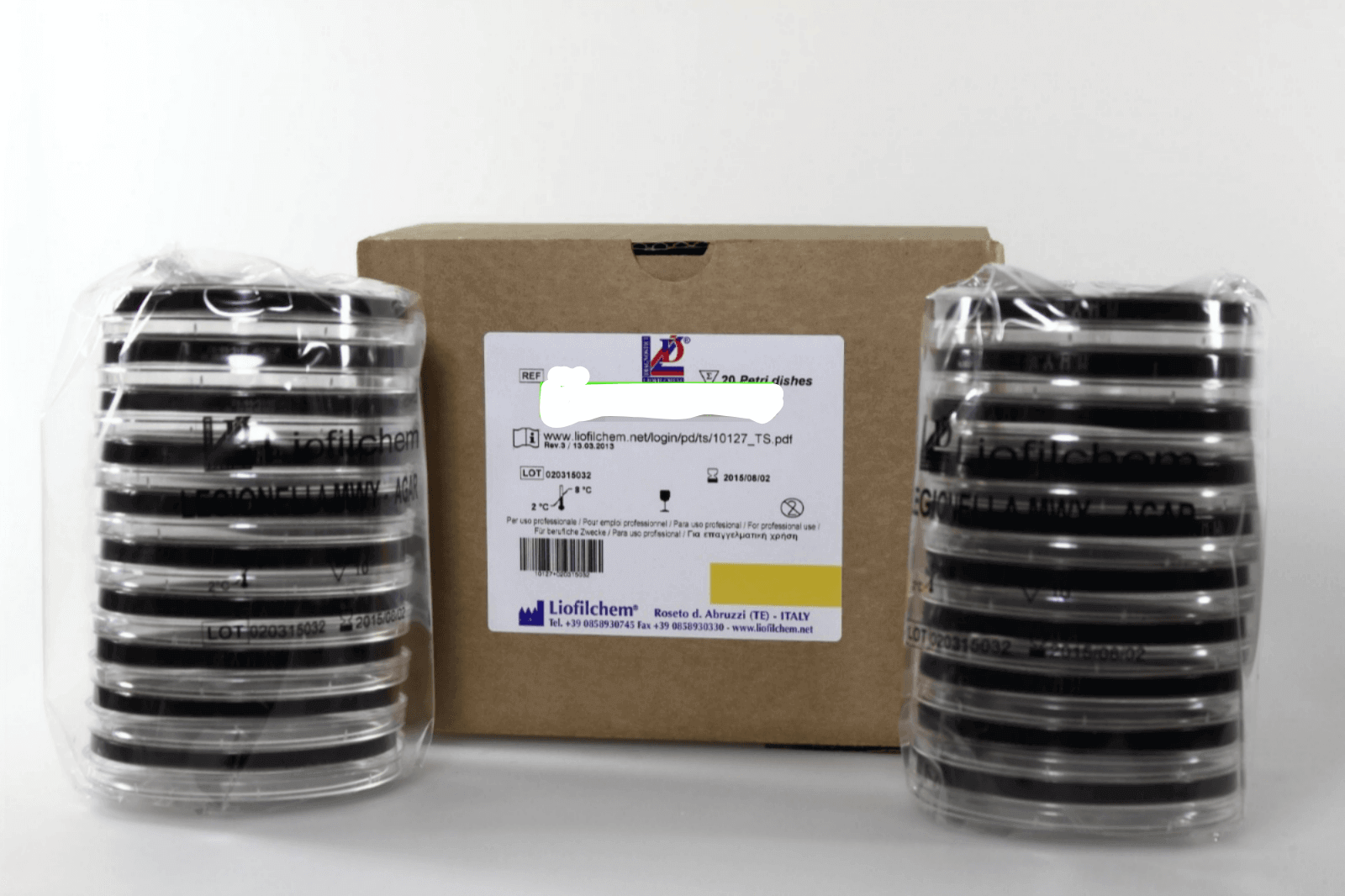Description
Bi-plate for detection of resistance to carbapenems and β-lactams among Enterobacteriaceae, directly from clinical specimens.
ChromaticTM CRE / ChromaticTM ESBL is a ready-to-use plate containing two distinct selective and chromogenic media used for the isolation and identification of extended-spectrum β-lactamase- and/or carbapenemase-producing Enterobacteriaceae.
Carbapenems are the last shelter from multi-resistant Gram-negative bacterial infections. Carbapenemase is an enzyme class which can be produced by Klebsiella pneumoniae and by other organisms including Serratia and Enterobacter spp, as well as Escherichia coli and Citrobacter freundii.
ESBLs are enzymes that hydrolyze most penicillins and cephalosporins, inhibited by β-lactamase inhibitors such as clavulanic acid, sulbactam and tazobactam. ESBL-producing Enterobacteriaceae have become one of the most important causes of nosocomial community-acquired infections caused by Escherichia coli and Klebsiella pneumoniae, but also other Gram-negative bacteria.
Patients infected by CRE or ESBL producers often received inadequate empirical therapy until the pathogen’s resistance is recognized. Early detection is, therefore, essential in order to limit the spread of these pathogens.
Payment & Security
Your payment information is processed securely. We do not store credit card details nor have access to your credit card information.

